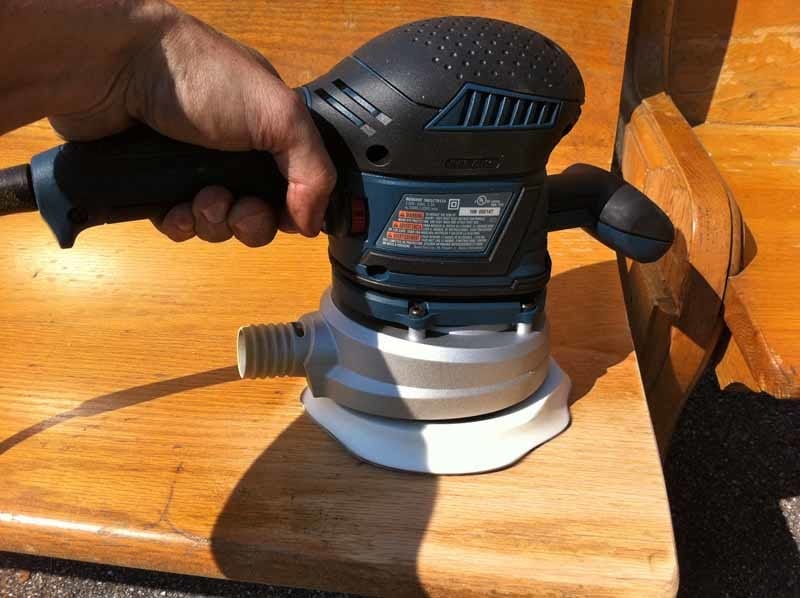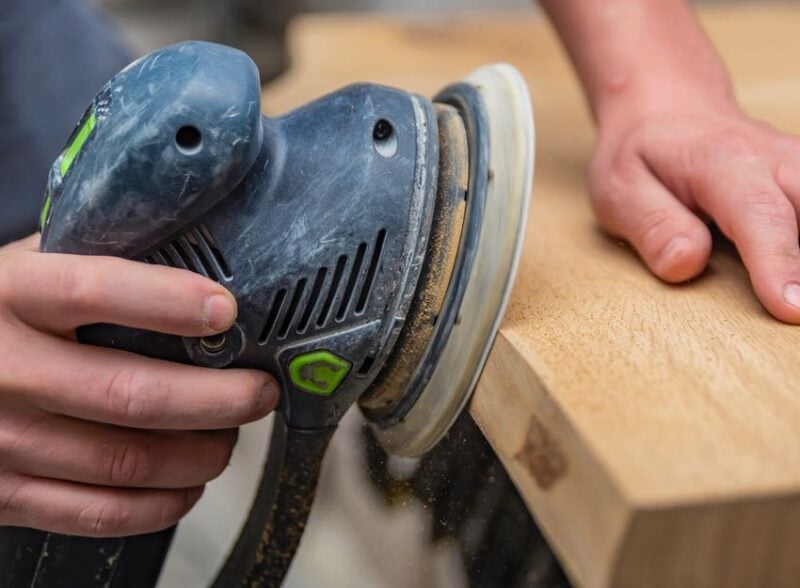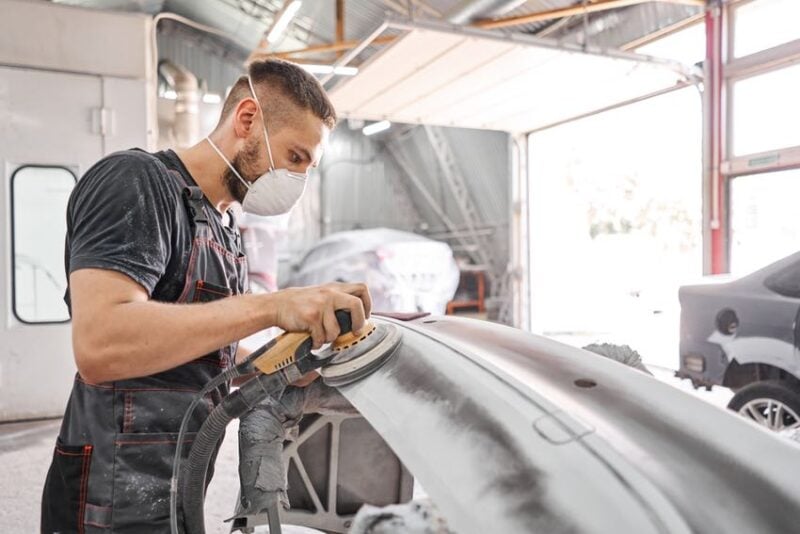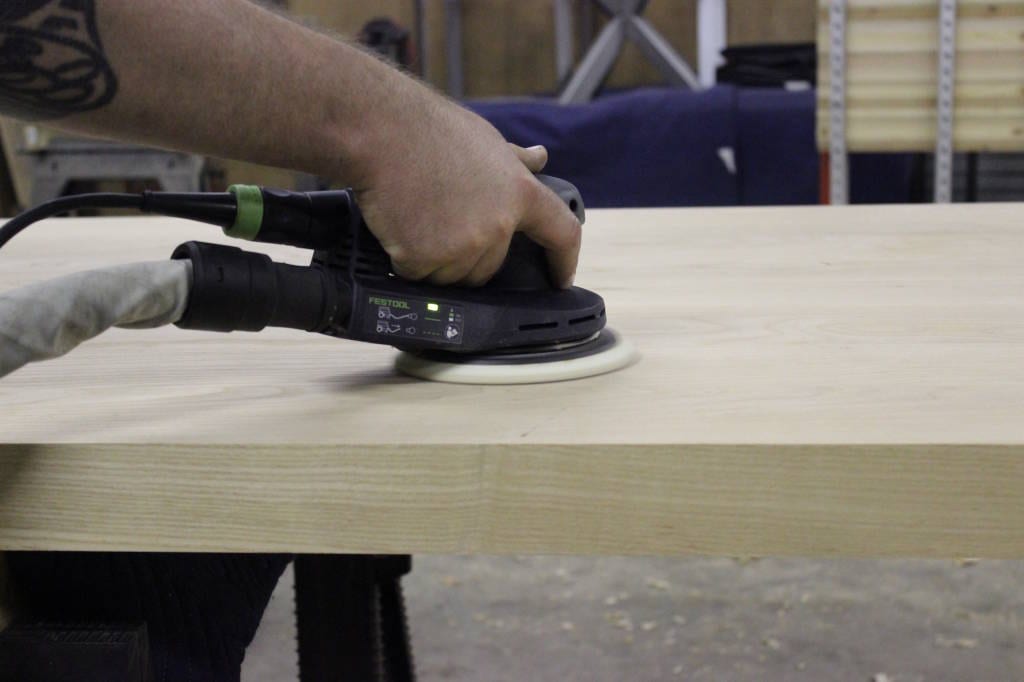Progressive sanding is a vital technique that plays a crucial role in achieving a smooth and flawless finish on various surfaces. This method involves a gradual transition from a coarser grit to a finer grit sandpaper, allowing for the removal of imperfections and the creation of a refined surface. In this article, we will explore the significance of progressive sanding, its benefits, and why it is crucial not to skip any steps.
Why Progressive Sanding Matters
Refining Imperfections
Progressive sanding effectively eliminates surface imperfections such as scratches, bumps, and uneven textures. By starting with a coarser grit, larger flaws are removed, while progressing to finer grits refines the surface, making it ready for painting, staining, or finishing.
Progressive Sanding Promotes Adhesion
Properly sanded surfaces enhance the adhesion of subsequent coatings. The gradual smoothing of the surface creates a profile that allows paints, stains, or finishes to adhere more effectively. Skipping grits can result in inadequate adhesion, leading to issues like premature paint failure or an uneven finish application.
Consistent and Professional Finish
Progressive sanding ensures a consistent and uniform finish across the entire surface. By gradually refining the surface with finer grits, you eliminate any visible sanding marks or inconsistencies, resulting in a professional-looking end result.
The Step-by-Step Guide to Progressive Sanding
Step 1 – Begin with a Coarser Grit
Initiate the sanding process with a coarser grit sandpaper, such as 60 or 80 grit. This step effectively removes significant imperfections, rough surfaces, or old finishes. Apply even strokes in the direction of the grain, maintaining consistent pressure to achieve an even result.

Step 2 – Transition to a Medium Grit
Once the initial sanding is complete, move on to a medium grit sandpaper, around 120 or 150 grit. This step further smoothes the surface, eliminating any scratches left by the previous grit. Focus on sanding evenly, paying attention to any remaining rough patches or uneven areas.
Step 3 – Progress to a Finer Grit
Proceed to a finer grit sandpaper, such as 220 or 320 grit. Sand the surface in the same direction as before, using light pressure. This step eliminates any visible sanding marks from the previous grit and prepares the surface for a flawless finish.
Step 4 – Finish with an Ultra-Fine Grit (Optional Depending on the Application)
For a perfectly smooth surface, conclude the progressive sanding process with an ultra-fine grit sandpaper, such as 400 or 600 grit. This final step further refines the surface, providing an ideal foundation for painting, staining, or applying a clear finish.
This advice holds true when sanding wood or metal. Almost regardless of the application or material, progressive sanding provides the best possible method of smoothing out the material or preparing a surface.

The Pitfalls of Skipping Steps
Skipping steps in the progressive sanding process can lead to several problems. First, it can leave visible sanding marks. Each grit level progressively removes the marks left by the previous grit. By skipping a grit, visible sanding marks may appear, diminishing the final finish and requiring additional work to rectify.
Skipping steps in the progressive sanding process can also create poor adhesion when painting or even when doing glue-ups. Without the necessary surface preparation achieved through progressive sanding, subsequent coatings may fail to adhere properly. This can result in issues such as peeling, chipping, or an uneven finish. With adequate sanding, a glued edge typically has more strength than the wood fibers themselves.
Not using sufficient steps when sanding can also result in an inconsistent surface. By skipping grits, the surface of your material may not be adequately smoothed and refined. This can lead to an inconsistent appearance and texture—particularly when viewed at an angle or under adequate lighting.

Conclusion
Progressive sanding is an essential technique for achieving a smooth and flawless surface. By starting with a coarser grit and gradually progressing to finer grits, you can eliminate imperfections, improve adhesion, and produce a beautiful and consistent finish. Jump from a coarse grit to a fine grit and you not only make your work more difficult, you can leave visible sanding marks and create poor adhesion and an inconsistent surface.
With a little patience and some attention to detail, you can achieve attractive and professional results when sanding.



